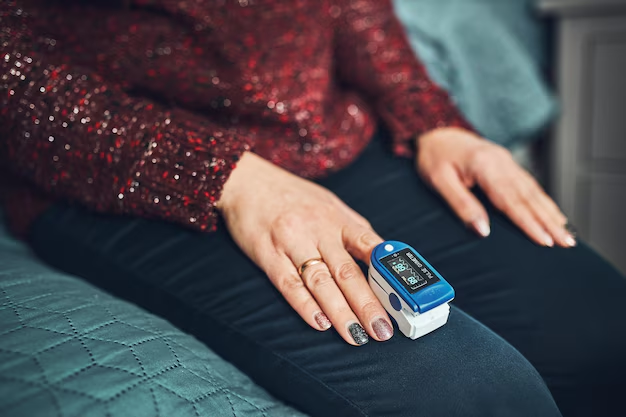What CGM Monitors Are Covered by Medicare Part B?
In the world of diabetes management, Continuous Glucose Monitors (CGMs) have revolutionized how patients keep track of their blood sugar levels. These advanced devices provide real-time glucose readings, effectively preventing hypoglycemic and hyperglycemic episodes, and offering greater peace of mind. But with technology often comes cost, and many wonder if these CGM monitors are covered by insurance, particularly Medicare Part B.
Understanding Medicare Coverage for CGM
The good news for those over 65 or with certain disabilities is that Medicare Part B provides coverage for certain CGM systems. As of the latest updates, Medicare covers therapeutic continuous glucose monitors, including those classified as durable medical equipment (DME). The most commonly covered models include:
- Dexcom G6: This CGM system, with its no-fingerstick technology, is favored for its user-friendly interface and high accuracy.
- FreeStyle Libre 2: Known for ease of use and affordability, this system offers alarms for low and high glucose levels.
To qualify for Medicare coverage, there are a few stipulations:
- Diabetes Diagnosis: A primary requirement is a diabetes diagnosis accompanied by an insulin treatment plan.
- Medical Necessity: Patients must show a medical need for frequent testing.
- Regular Monitoring: The patient should be regularly checking their blood sugar levels and require adjustments in therapy based on the data provided by the CGM.
For eligible patients, Medicare typically covers 80% of the costs under Part B, after the deductible. The remaining 20% is typically paid out of pocket unless covered by supplementary insurance.
Exploring Financial Aid and Support
Navigating the maze of healthcare costs can be overwhelming. However, there are multiple avenues to explore for those seeking additional financial assistance:
Government Programs
- Low-Income Subsidy Programs (LIS): For those with limited resources, Medicaid or LIS can sometimes offer additional support for healthcare expenses beyond what Medicare covers.
- State Pharmaceutical Assistance Programs (SPAPs): These vary by state but can provide benefits that help lower the cost of prescriptions and medical devices.
Financial Assistance
- Patient Assistance Programs (PAPs): Manufacturers of CGMs often have programs to help those who struggle to afford their devices. The Dexcom and Abbott programs are worth investigating.
- Non-Profit Organizations: Groups like the American Diabetes Association offer resources and sometimes financial aid to those in need.
Educational Opportunities
- Diabetes Education Programs: Medicare covers diabetes self-management training (DSMT), helping patients learn how to manage their condition effectively and utilize their CGMs.
- Online Workshops: Platforms offering free or low-cost online courses about diabetes management can enhance understanding and improve self-care.
Understanding what is covered and how to get the most out of these benefits involves a proactive approach, combining research and outreach to the right sources. There is a plethora of resources designed not only to ease the financial burden but to ensure comprehensive understanding and management of diabetes.
Here is a quick summary of programs and options:
- 📜 Medicare Part B: Covers CGM systems like Dexcom G6 and FreeStyle Libre 2 for eligible patients.
- 📈 Low-Income Subsidy Programs: Offer aid for those qualifying as low-income.
- 🏥 Diabetes Education: Part of Medicare's coverage, aiding in better diabetes management.
- 🔄 Patient Assistance Programs: Run by manufacturers providing aid directly.
- 🌐 Online Workshops: Affordable opportunities to learn about diabetes management.
By exploring these avenues, individuals can better manage diabetes effectively without undue financial strain.

Related Topics
- a Medical Provider That Accepts Medicare Assignment Must
- a Medical Provider That Accepts Medicare Assignment Must Quizlet
- a Medicare Patient Received Treatment That Isn't Covered By Medicare
- a Medicare Patient Receives Treatment That Isn't Covered By Medicare
- a Medicare Supplement Basic Benefit Is Quizlet
- a Medicare Supplement Companies
- a Medicare Supplement Policy Is Quizlet
- a Medicare Supplement Policy Must Not Contain Benefits Which
- a Patient Received Treatment In August Medicare
- Am I Eligible For Medicare